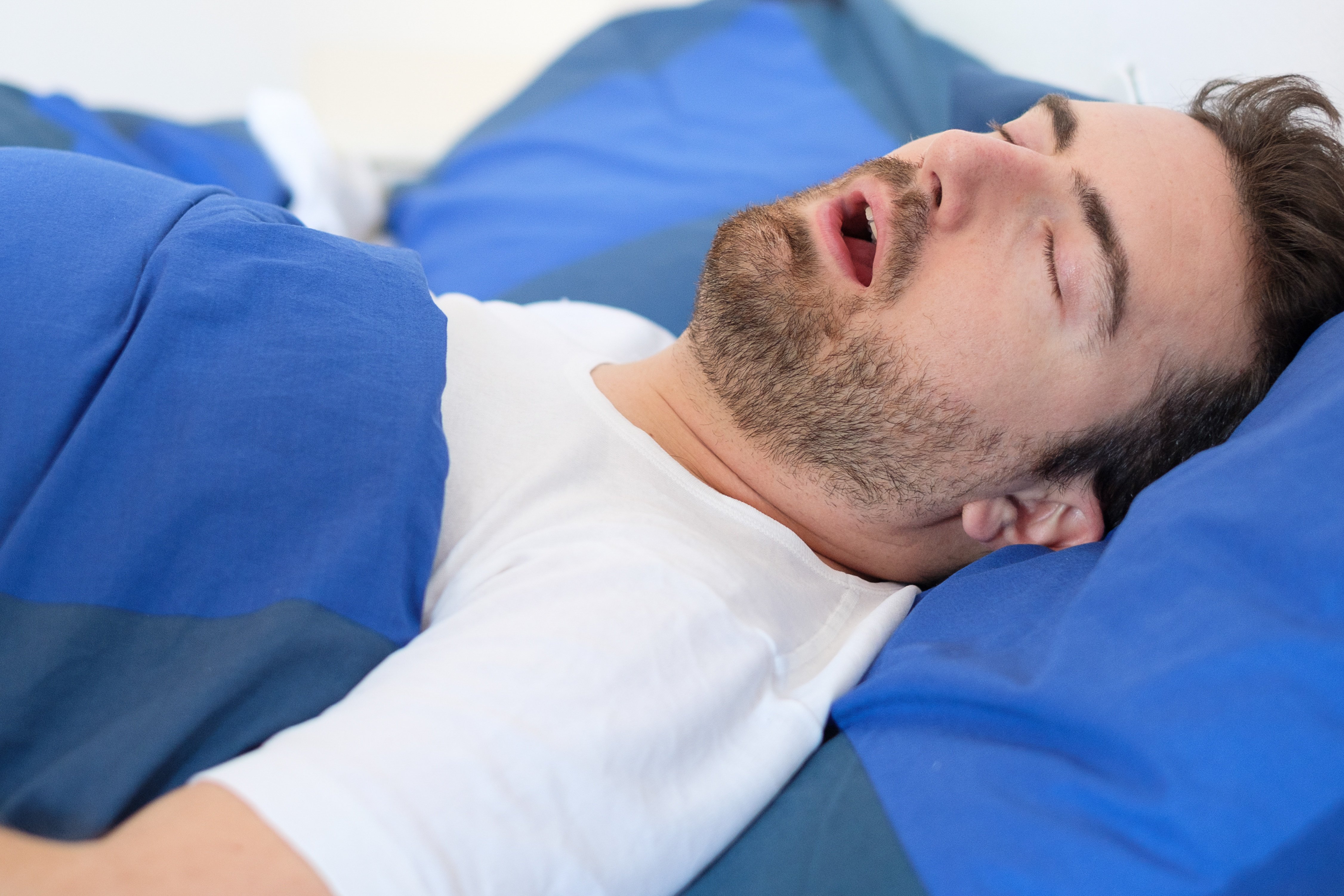Over 200,000 people are diagnosed with sleep apnea each year in the US. It's a common condition that can lead to serious health issues. Sleep apnea is caused by blocked airways and can result in snoring and choking during sleep. Some people stop breathing just a few times a night, others have hundreds of occurrences during a sleeping period. These individuals can lose nearly one third of their night's sleep as their body needs to clear the obstruction and restart normal breathing. This disruption in sleep can cause daytime fatigue, general drowsiness, headaches, high blood pressure, weight gain and eventually heart disease.
Related Blog: The Best Ways to Promote Restorative Sleep Health
If you have been diagnosed with moderate to severe sleep apnea, you might be directed to sleep with a CPAP machine (continuous positive airway pressure). This machine has a motorized fan that draws in air from your room, pressurizes it and delivers that air pressure through a mask while you sleep. This air pressure is programmed to specific settings to keep your upper airway passages open. This will help you to breathe smoothly and prevent or reduce snoring.
Learning to sleep with a mask on can take a while to get used to. Here are 5 tips to help you increase your comfort and get a good night's sleep.
- Finding the right bed - Having a mattress that supports the pressure points in the hips and shoulders will be important for getting the best sleep while using a CPAP machine. Many doctors recommend that patients raise the heads of their bed, so investing in an adjustable bed can help to bring you a more restful night's sleep.
- Choosing the best pillow - Finding the best pillow to fit your sleep style can be another step in your getting a great night's sleep. Think about what your natural sleep position is; back, side, fetal position, on your stomach, etc. This information will help you to determine what material will work best such as down, memory foam, buckwheat hulls, or latex. Next learn about the shape of pillow that will give you the best support. If your pillow is too high your neck will be bent abnormally to the side or forward. This position will cause your air pipe to narrow and make your breathing more obstructed. In contrast if your pillow is too low the neck muscles can be strained.
- Working with the hose - A hose will connect the CPAP machine to your headgear that secures your mask in the proper position. This hose needs to be placed in a comfortable position that is free from kinks so the correct pressure reaches you consistently. Think about the headboard design and the amount of space you have between your pillow and the edge of the bed to give you the best sleeping options.
- Practice wearing your CPAP mask - Once you have properly adjusted your headgear to give the best fit to your mask, start wearing your mask a little each night before you go to bed, this is called CPAP desensitization. Wear it while you watch TV, or read a book to get your body used to using the machine. Once you turn your machine on and lay down to sleep, if you notice that the prescribed pressure setting is too strong for you to feel comfortable, consider using the ramp feature that slowly and gradually increased the pressure as you are falling asleep.
- Make your sleeping environment comfortable - The CPAP machine motor will make some noise throughout the night. So making your environment as comfortable as possible will help to make your sleep restful. Choose comfortable bedding to make yourself relaxed. Bring the temperature down in your room before you go to sleep. Take a bath or shower to lower your body temperature and prepare your body for sleep. Finally find a relaxing activity to add to your bedtime routine and start that about one hour before your go to sleep. This could be watching TV, meditating, or reading a book.
Let our sleep professionals find the perfect bed to give you the best sleep while using a CPAP machine. Get ready to have a healthy night's sleep that will give you back the energy that you need for the next day.




